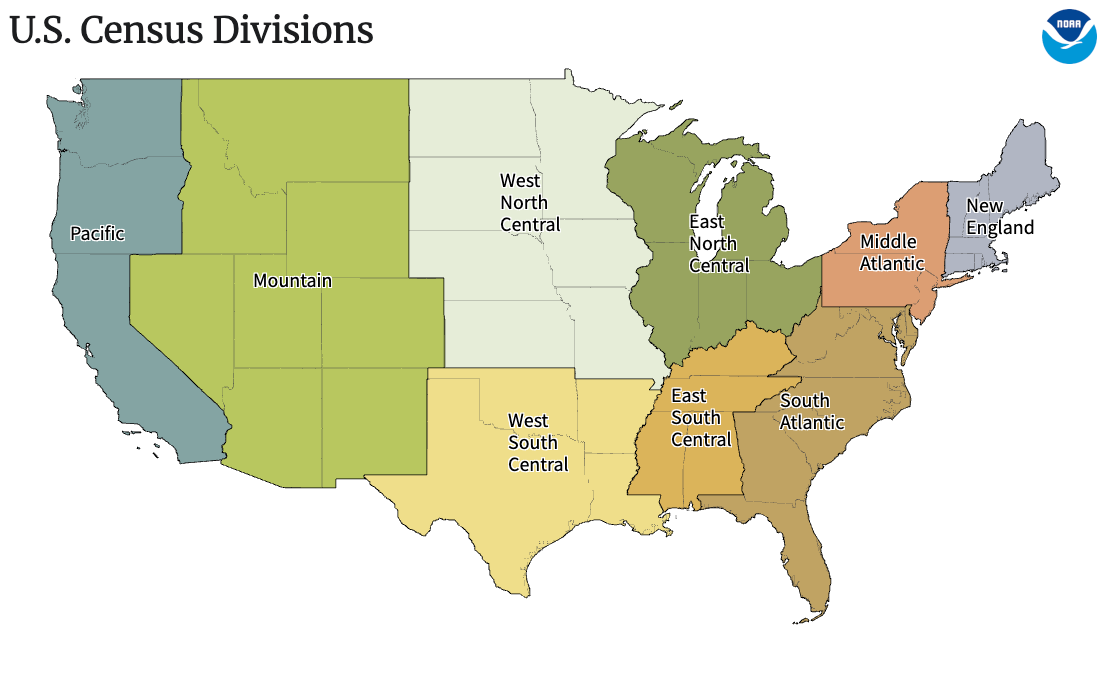The Fall Weather Dividend That Shouldn’t Surprise You — But Might Surprise Wall Street
Cooler back-to-school and a colder Halloween week, were all expected--the retail results may catch the market off guard.
“At Burlington, we are particularly sensitive to warmer weather in Q3. In October, our cold-weather businesses represent almost 1/4 of our sales.” —Michael O’Sullivan, CEO / Burlington Coat Factory CEO
NOAA’s weekly temperature dataset—the backbone of this analysis—went dark during the government shutdown. That meant this report had to wait.
Now that the data is finally restored, we can see the full retail Q3 pattern (August-October), and it essentially confirms my thesis: cooler-than-last-year conditions created a stronger setup for seasonal retail demand.
The picture that emerges isn’t subtle. It’s exactly what we expected.
How Q3 Unfolded: The Data Behind the Story
A cooler back-to-school period set the tone
Late August delivered cooler-than-last-year temperatures across several key regions, especially the Northeast, Central, and West. This is the moment retailers care about: back-to-school is the opening act of seasonal apparel, and cooler weather reliably moves consumers from browsing to buying.
2025 delivered exactly that. The season started early, and the data shows it.
September stabilized, but the early-season lift held
Through September, temperatures fluctuated modestly across regions. Nothing dramatic, but enough to keep people engaged with transitional goods—sweatshirts, lightweight jackets, denim, footwear. The national comparison to last year averaged nearly flat across the month, but the early-August coolness had already created momentum.
Q3 sell-through didn’t come from a late shock; it came from a steady drumbeat of comfortable shopping weather.
Then came the main event: Halloween week
The sharpest temperature changes of the quarter occurred in late October. Several regions experienced double-digit drops, most notably the Southeast at –10.8°F and the Central region at –8.2°F.
Halloween week is one of the most powerful, underrated weather-driven demand windows of the year. Consumers aren’t buying costumes—they’re buying the entire seasonal setup: outerwear, boots, cold-weather kids’ apparel, insulation products, heating accessories.
2025’s Halloween period delivered a classic seasonal acceleration. This was the weather dividend arriving early. And that matters for what comes next.

Why This Matters Heading Into Earnings Season
Retail earnings are expected to begin rolling in over the next two weeks. Here are the dates for the retailers I tracked closely last year — and will again this season:
Walmart (WMT): Nov 17
Target (TGT): Nov 20
Kohl’s (KSS): Nov 21
Gap (GPS): Nov 21
Burlington (BURL): Nov 22
Dick’s Sporting Goods (DKS): Nov 26
Columbia Sportswear (COLM): Nov 26
Last year, many of these retailers referenced pent-up demand—the mild fall delayed purchases, and a December cold snap unlocked them.
This year, the setup is different. The cold arrived early, not late.
Early evidence is already emerging. Dillard’s Q3 outperformed, with management citing strong demand for better apparel categories—exactly in line with what colder early-season weather typically drives.
Dillard’s shares jumped about 10% yesterday, following better-than-expected earnings results for third-quarter fiscal 2025. The positive reaction reflected investor confidence in the company’s stronger-than-anticipated performance and improving sales momentum.
This pattern raises a possibility: Several retailers may deliver weather-driven upside surprises, especially in categories that cater to early-season needs.
However, it also presents a challenge for retail Q4 (November-January). A warmer holiday forecast across the eastern U.S. means the weather tailwind that boosted holiday sales … may not be available this time.
So What Do We Make of This?
Here’s the fundamental insight: Q3 weather helped. Q4 weather may not.
Seasonal demand that typically materializes in mid-November may have already been captured in October. That’s good for Q3 earnings… but it means retailers may have less weather-driven upside in the holiday period.
This is where companies tend to get caught flat-footed—assuming last year’s pattern repeats, not recognizing when the signal flips.
And here’s the part I want to underline: You don’t need insider access to spot this. The data is public. Anyone can download it. Anyone can run the same comparisons.
But knowing is not the advantage. Acting is.
That’s where a real weather strategy—supported increasingly by agentic AI—turns forecast awareness into operational action:
Pricing
Inventory positioning
Allocation
Supply chain pacing
Labor and logistics planning
Media timing and targeting
These are the levers that move earnings.
Closing Thought
Q3 weather gave retailers a head start. Q4 will test who knows what to do with it. The companies that win won’t be the ones who saw the pattern. They’ll be the ones who executed on it—early, precisely, and repeatedly.
That’s the edge. That’s weather intelligence. And that’s the future of retail.
Musical Coda
In retail, as in weather, the hardest part is often the waiting. You see the signal forming months ahead, you know the pattern is shifting, and all that’s left is to watch the story unfold in real time.
Petty had it right — the waiting is the hardest part.
But when you pair insight with action, the wait becomes something else entirely: a competitive advantage.




